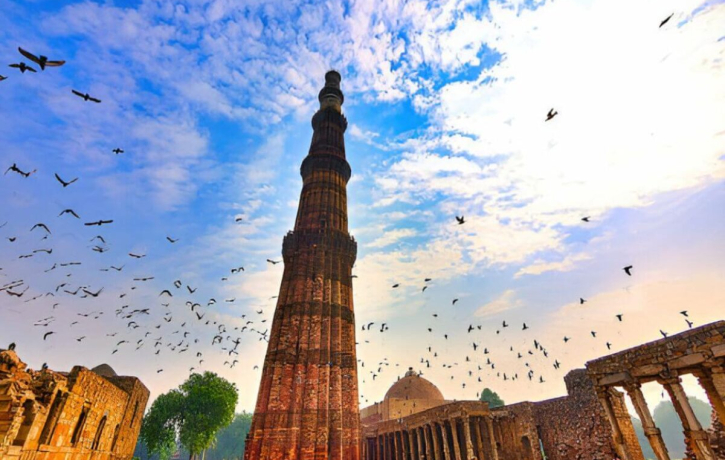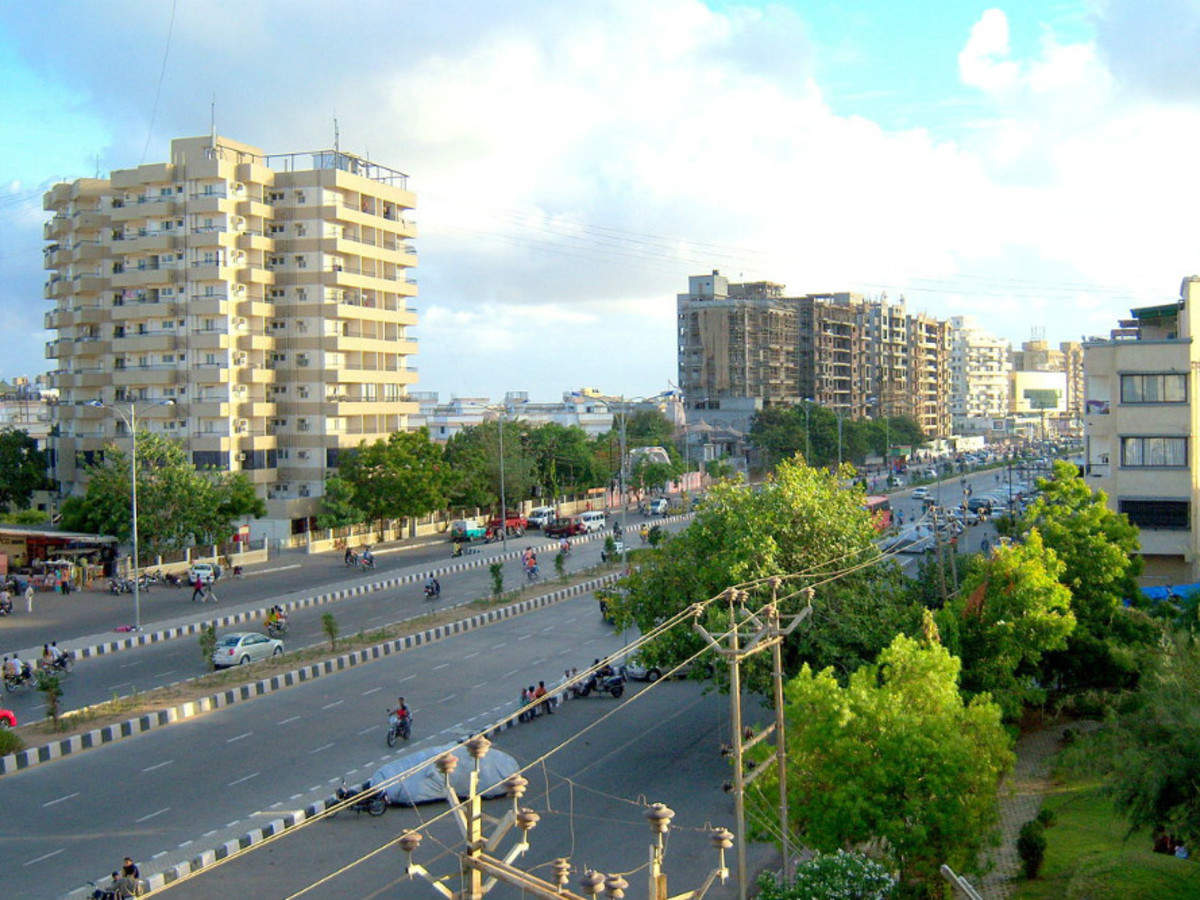Introduction
Delhi, which includes New Delhi, the capital of India, is formally known as the National Capital Territory (NCT) of Delhi. It borders both Uttar Pradesh and Haryana and is situated west of the Yamuna River. With a population of 16.8 million in 2011, Delhi, which covers 1,484 square kilometers, became a union territory in 1956 and the National Capital Territory (NCT) in 1995. The National Capital Region (NCR), which is home to more than 28 million people, is the bigger urban area that includes places like Ghaziabad and Gurgaon.
Delhi, which is home to UNESCO treasures including Qutub Minar, served as the capital of the Mughal Empire and the Delhi Sultanate in the past. Partition caused it to change dramatically after independence. Delhi has a high GDP per capita and human development index. It is co-managed and has played host to important events such as the G20 meeting and the Asian Games.
Toponym
Delhi comes from a variety of places. According to a tale, King Dhillu constructed a city here in 50 BCE. Another connects it to the Prakrit word “dhili” (loose), because of the iron pillar of the Tomaras being weak. Some claim that its origins are in the words “dilpat,” which means “eminence,” or “dehli,” which means “threshold.” Other references are coins dubbed “dehliwal” and the fort of King Prithviraj, dubbed “dehali”. The locals are referred to as Dilliwalas or Delhiites. but “Ās-pās barse, Dillī pānī tarse” (It rains all about, but Delhi lies parched) denotes deprivation, phrases like “Abhī Dillī dūr hai” (Delhi is still far away) indicate that a task is far from being completed. The Urdu word “Dehli” is the source of the colonial spelling “Delhi.”
History
Ancient and early medieval periods
According to the Mahabharata, Delhi’s history is linked to seven cities, the oldest of which is Indraprastha. There are no ruins of an old stronghold, although the location is consistent with Purana Qila. There are Mauryan architectural remnants from around 300 BCE and an inscription by Emperor Ashoka. Anang Pal, the Tomara Rajput King, established Lal Kot in 1052 CE. In the middle of the 12th century, Chauhan Rajputs transformed Lal Kot into Qila Rai Pithora.
Late medieval period
Within the Mahabharata, Delhi’s history is associated with seven cities, the oldest of which was Indraprastha. No ancient fortifications have been discovered, however the site is consistent with Purana Qila. We have found Emperor Ashoka’s inscription and architectural remnants from the Mauryan period (c. 300 BCE). Established in 1052 CE by Anang Pal, the King of the Tomara Rajputs, Lal Kot eventually became Qila Rai Pithora in the middle of the 12th century under the Chauhan Rajput line.
Early modern period
Colonial period
In Delhi in 1803, the British overthrew the Marathas. After the Indian Rebellion of 1857, Delhi was directly ruled by the British. In 1911, the official transfer of the capital from Calcutta to Delhi took place in December of that same year. The name “New Delhi” was chosen in 1927, and it was opened in 1931. India’s capital city is now New Delhi, having gained independence in 1947.
Partition and post-independence
Thousands upon thousands of Indians fled to Delhi during the partition. Hindus from Punjab make nearly 40% of the population. It became a Union Territory in 1956 under the States Reorganisation Act, 1956, and became the National Capital Territory in 1991. 1984 witnessed anti-Sikh violence in Delhi, and 2001, 2005, and 2008 saw terrorist attacks. 53 people died in 2020 as a result of communal violence, with Hindu mobs primarily targeting Muslims.
Places to visit in Delhi
Qutub Minar Listed as a UNESCO World Heritage Site, this imposing 73-meter-tall minaret is the world’s highest brick minaret. Qutub-ud-din Aibak, the founder of the Delhi Sultanate, started construction in 1192.
Red Fort For for 200 years, this enormous fort served as the center of Mughal authority. A UNESCO World Heritage Site made of red sandstone, the fort is a must-see for anybody with an interest in Indian history.
India Gate The India Gate is a striking and impressive military memorial built in honor of Indian troops who lost their lives in World military I.
Lotus structure Known by another name, the Baha’i House of Worship, this lotus-shaped structure is a stunning illustration of contemporary design. It is a site of worship for believers of every religion.
Jama Masjid The Jama Masjid, one of India’s biggest mosques, is a magnificent example of Mughal architecture.
Chandni Chowk is a terrific site to take in the sights, sounds, and scents of Delhi. It’s one of the busiest and oldest markets in Old Delhi.
The Mughal Emperor Humayun is buried in Humayun’s Tomb, which is regarded as a forerunner of the Taj Mahal.
Lodhi Gardens A sizable public park, Lodhi Gardens is well-liked by both residents and visitors. In addition to several graves and monuments, the park has well-kept gardens.






